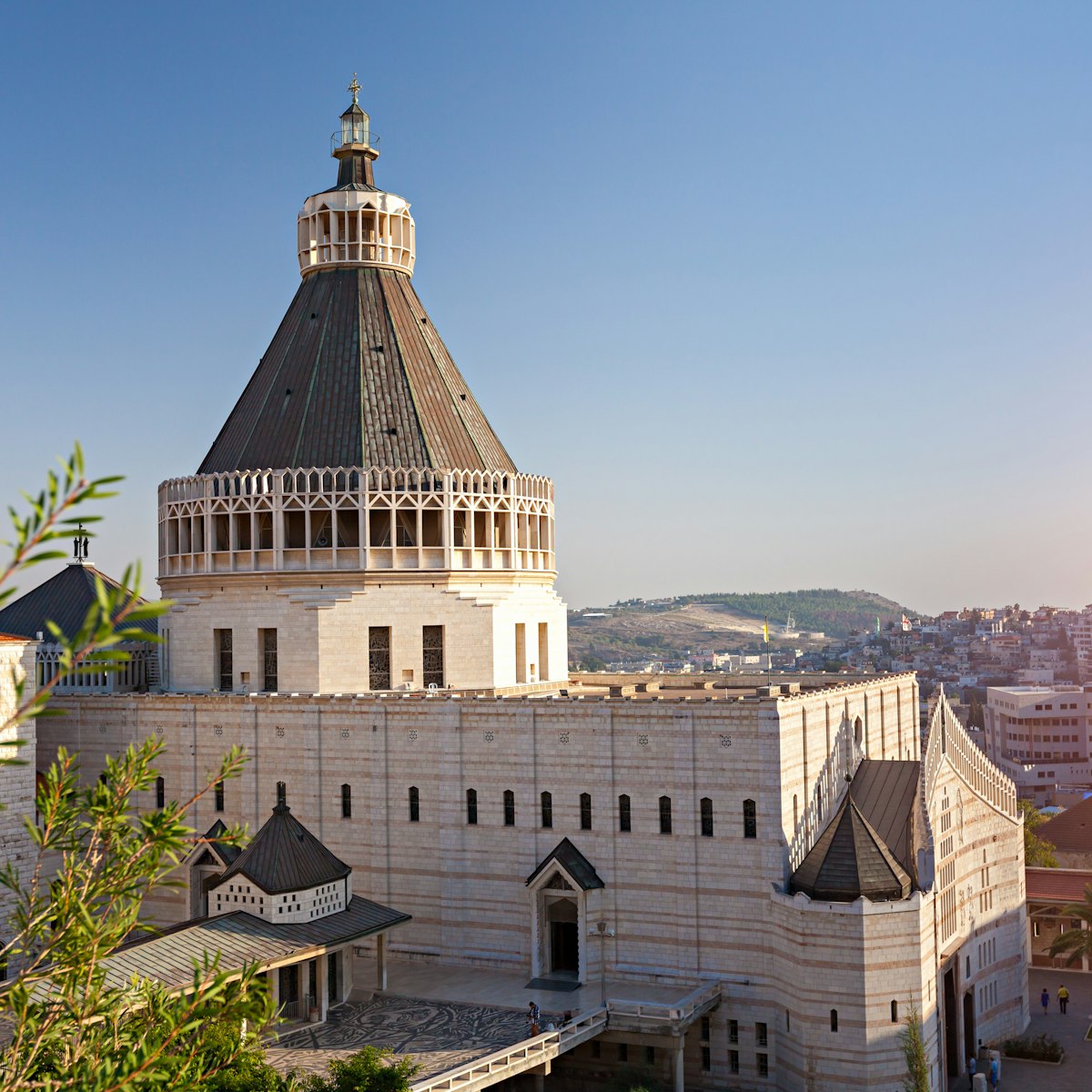If you have a car and are intrigued to know why all roads out of Irbid seem to lead to Yarmouk battleground, follow the signs northeast towards the village of Saham Al Kfarat. The site is of great significance to Muslim Arabs, as this was where, on 12 August 636, an army of 40,000 Arabs confronted 125,000 Byzantine fighters and emerged victorious.
A lot of blood was spilled that day, with 4000 Arabs and 80,000 of their adversaries killed, and the battleground remains something of a pilgrimage site even now.
The signposted road from Irbid leads not to the battleground itself but to a spectacular viewpoint, high above the Yarmouk River, which marks the border with Syria. The battle took place in the valley below, but from this vantage point it’s easy to see how the disciplined, motivated, mobile and homogeneous Arabs, united by faith and good leadership, were able to overcome the mercenary Byzantine groups. The latter, who had no belief in the fight, lacked strategy and were ill-disciplined, and they were particularly disadvantaged by their heavy armour – as can easily be imagined on a hot August day as you look down at the steep, sun-parched hillsides opposite the viewpoint.
The viewpoint, which has an interpretative plaque and a monument but no facilities, is not accessible by public transport. By car, it's a 30-minute drive from Irbid; don’t give up on the signs – they’re just widely spaced. A shortcut to Umm Qais is signposted halfway between the viewpoint and Irbid.







